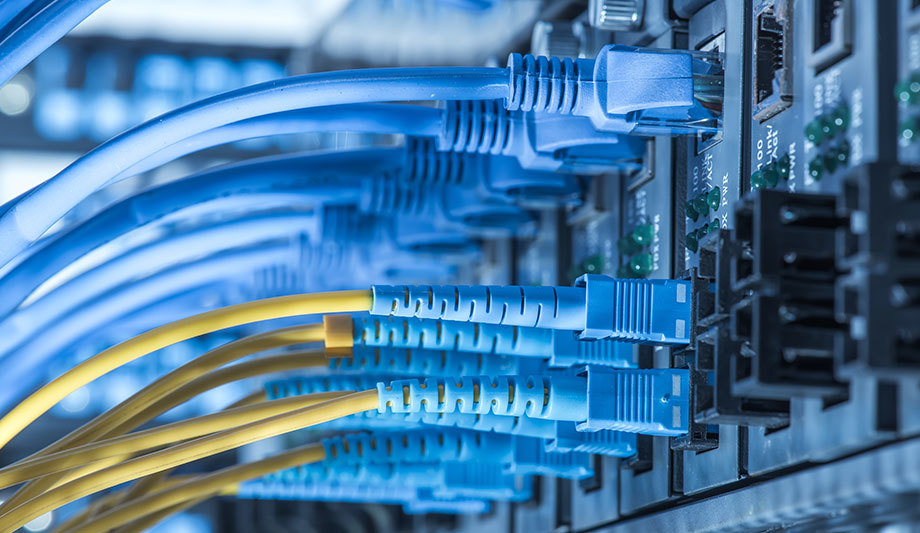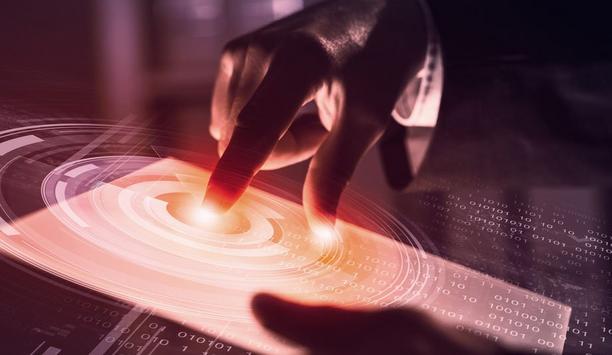We live in an information and data-led world, and cybersecurity must remain top-of-mind for any organisation looking to both protect business operation critical assets.
Businesses without proper cyber measures allow themselves to be at risk from a huge list of threats - from cybercriminals conducting targeted spear-phishing campaigns - like the 2018 Moscow World Cup vacation rental scam, to nation-state actors looking to collect intelligence for decision makers - no organisation is safe from innovative cyber threats.
Security solutions enterprises
Organisations can then set the groundwork necessary to stop malicious activity and keep their business’ data safe
The evolving threat space means organisations need to ensure they have the most innovative prevention and detection frameworks in order to withstand adversaries using complex and persistent threats. When implementing new security solutions enterprises must start by assuming that there is already a bad actor within their IT environment. With this mindset, organisations can then set the groundwork necessary to stop malicious activity and keep their business’ data safe.
As there is no one silver bullet that truly stops all cyberattacks, organisations must adopt a multipronged approach to be widely adopted to stop adversaries. This must include tracking, analysing and pinpointing the motivation of cyber actors to stay one step ahead through global intelligence gathering and proactive threat hunting. In addition, deploying new technologies leveraging the power of the cloud give a holistic view of the continuously evolving threat landscape and thereby secure data more efficiently.
Traditional security approach
In today’s landscape, the propagation of advanced exploits and easily accessible tools has led to the blurring of tactics between statecraft and tradecraft. Traditional security approaches are no longer viable when it comes to dealing with the latest trends in complex threats. To make defending against these threats even more complicated, adversaries are constantly adapting their tactics, techniques and procedures (TTPs), making use of the best intelligence and tools.
CrowdStrike’s latest Global Threat Report tracked the speed of the most notable adversaries including Russian, Chinese, North Korean and Iranian groups. As the adversaries’ TTPs evolve into sophisticated attack vectors defenders need to recognise we are amidst an extreme cyber arms race, where any of the above can become the next creator of a devastating attack. Russian efficiency is particularly high; they can spread through an enterprise network in 18 minutes 48 seconds on average, following the initial cyber-intrusion.
Sophisticated cyber weapons
Actors tend to use a simple trial and error technique where they test the organisation's network
So, reacting to threats in real-time is a priority. Bad actors are extremely vigilant and committed to breaking down an organisation’s defences, and speed is essential to finding the threats before they spread. Actors tend to use a simple trial and error technique where they test the organisation's network, arm themselves with more sophisticated cyber weapons, and attack again until they find a vulnerability.
This has highlighted the need for tools that provide teams with full visibility over the entire technology stack in real-time in order to meet these threats head-on. Traditional solutions are scan-based, which means they don’t scale well and can’t give the security teams context around suspicious activity happening on the network. They lack full visibility when a comprehensive approach is needed.
 |
| Businesses without proper cyber measures allow themselves to be at risk from a huge list of threats - like the 2018 Moscow World Cup vacation rental scam |
Malicious behaviour
Through leveraging the power of the cloud and crowdsourcing data from multiple use cases, security teams can tap into a wealth of intelligence collated from across a vast community. This also includes incorporating threat graph data. Threat graphs log and map out each activity and how they relate to one another, helping organisations to stay ahead of threats and gain visibility into unknowns.
Threat graph data in conjunction with incorporating proactive threat hunting into your security stack creates a formidable 360-degree security package. Managed threat hunting teams are security specialists working behind the scenes facing some of the most sophisticated cyber adversaries through hands on keyboard activity. Threat hunters perform quickly to pinpoint anomalies or malicious behaviour on your network and can prioritise threats for SOC teams for faster remediation.
In-depth knowledge
Security teams need to beat the clock and condense their responseIt is key for security teams to have an in-depth knowledge of the threat climate and key trends being deployed by adversaries. The TTPs used by adversaries leave are vital clues on how organisations can best defend themselves from real-life threats.
Intrusion ‘breakout time’ is a key metric tracked at CrowdStrike. This is the time it takes for an intruder to begin moving laterally outside of the initial breach and head to other parts of the network to do damage. Last year, the global average was four hours and 37 minutes. Security teams need to beat the clock and condense their response and ejection of attackers before real damage is done.
Next-generation solutions
When managing an incident clients need to be put at ease by investigations moving quickly and efficiently to source the root of the issue. Teams need to offer insight and suggest a strategy. This can be achieved by following the simple rule of 1-10-60, where organisations should detect malicious intrusions in under a minute, understand the context and scope of the intrusion in ten minutes, and initiate remediation activities in less than an hour. The most efficient security teams working for modern organisations try to adhere to this rule.
As the threat landscape continues to evolve in both complexity and scale, adequate budget and resources behind security teams and solutions will be determining factors as how quickly a business can respond to a cyberattack. To avoid becoming headline news, businesses need to arm themselves with next-generation solutions.
Behavioural analytics
The solution can then know when to remove an adversary before a breakout occurs
Behavioural analytics and machine learning capabilities identify known and unknown threats by analysing unusual behaviour within the network. These have the ability to provide an essential first line of defence, giving security teams a clear overview of their environment. With this at hand, the solution can then know when to remove an adversary before a breakout occurs.
Attackers hide in the shadows of a network’s environment, making the vast volume and variety of threats organisations face difficult to track manually. The automation of responses and detection in real-time is a lifeline that organisation cannot live without as adversaries enhance and alter their strategies.
Adversaries continue to develop new ways to disrupt organisations, with cybersecurity industry attempting to keep pace, developing new and innovative products to help organisations protect themselves. These technologies empower security teams, automating processes and equipping security teams with the knowledge to respond quickly. Organisations can set themselves up for success by integrating the 1-10-60 rule into their security measures, giving them an effective strategy against the most malicious adversaries.








